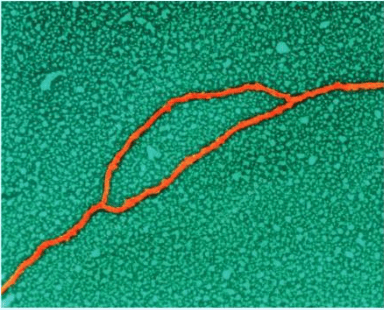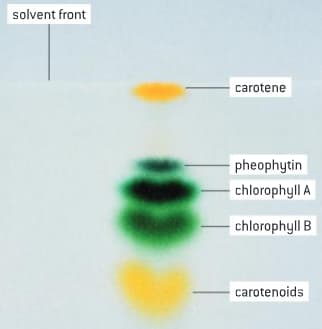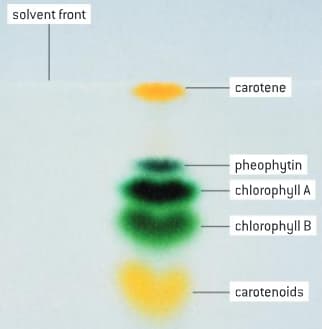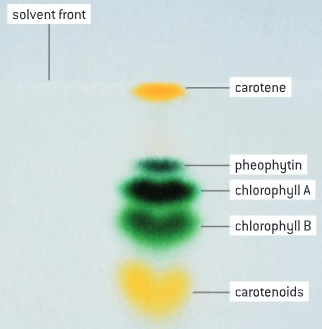Debora M Primrose Solutions for Chapter: Data-Based and Practical Questions (Neurobiology and Behaviour), Exercise 2: Practice problems for Topic 12
Debora M Primrose Biology Solutions for Exercise - Debora M Primrose Solutions for Chapter: Data-Based and Practical Questions (Neurobiology and Behaviour), Exercise 2: Practice problems for Topic 12
Attempt the practice questions on Chapter 12: Data-Based and Practical Questions (Neurobiology and Behaviour), Exercise 2: Practice problems for Topic 12 with hints and solutions to strengthen your understanding. Oxford IB Prepared Biology IB Diploma Programme solutions are prepared by Experienced Embibe Experts.
Questions from Debora M Primrose Solutions for Chapter: Data-Based and Practical Questions (Neurobiology and Behaviour), Exercise 2: Practice problems for Topic 12 with Hints & Solutions
The electron micrograph shows human DNA from a cancer cell, showing a stage of DNA replication. The strand of DNA has a replication bubble, where the DNA has unwound into two single strands forming a Y-shaped molecule termed a replication fork. It is here that daughter strands form as the parent DNA acts as a template for the construction of a new matching strand in DNA replication.

(b) John Forster Cairns demonstrated by autoradiography that the DNA of bacteria was a single molecule that replicated at two replicating forks (unlike humans that have only one) at which both new DNA strands are being synthesized. Describe Cairns' technique for measuring the length of DNA molecules by autoradiography.
Which pigment traveled the farthest on the chromatography paper?
The picture shows a thin layer chromatogram of an extract of leaves of annual meadow grass (Poa annua). Plastic sheets were coated with silica gel. A drop of extract was spotted at the bottom of the sheet. The sheet was then placed in a beaker of solvent [ acetone and petroleum ether].

Identify the most soluble pigment.
The picture shows a thin layer chromatogram of an extract of leaves of annual meadow grass (Poa annua). Plastic sheets were coated with silica gel. A drop of extract was spotted at the bottom of the sheet. The sheet was then placed in a beaker of solvent [ acetone and petroleum ether].

Calculate the for phenophytin. Show your working.
The picture shows a thin layer chromatogram of an extract of leaves of annual meadow grass (Poa annua). Plastic sheets were coated with silica gel. A drop of extract was spotted at the bottom of the sheet. The sheet was then placed in a beaker of solvent [ acetone and petroleum ether].

Suggest what would have happened to the pigments of the solvent has been different.
Glass jars containing cultures of chlorella vulgaris microalgae were used as mesocosms. The carbon dioxide released from the combustion of the waste was pumped into the jars to promote photosynthesis and therefore growth of the algae. The jars were kept at State one other condition required in this mesocosm.
Glass jars containing cultures of chlorella vulgaris microalgae were used as mesocosms. The carbon dioxide released from the combustion of the waste was pumped into the jars to promote photosynthesis and therefore growth of the algae. The jars were kept at Identify, with a reason, whether this is an open or closed mesocosm.
Glass jars containing cultures of Chlorella vulgaris microalgae were used as mesocosms. The carbon dioxide released from the combustion of the waste was pumped into the jars to promote photosynthesis and therefore growth of the algae. The jars were kept at
One of the jars was kept at a temperature of . Suggest a difference that could be seen in this jar with respect to the rest of the jars.
Describe how the ventilation rate of someone breathing can be monitored.
